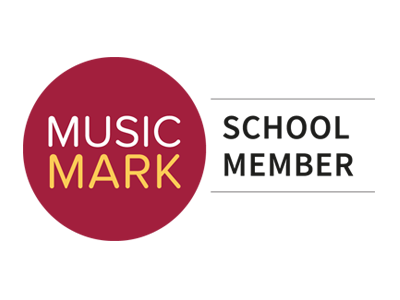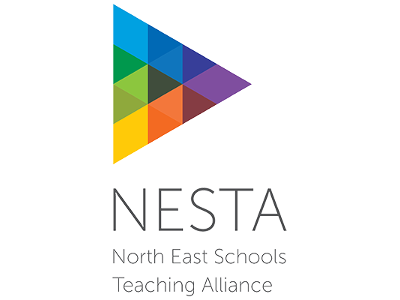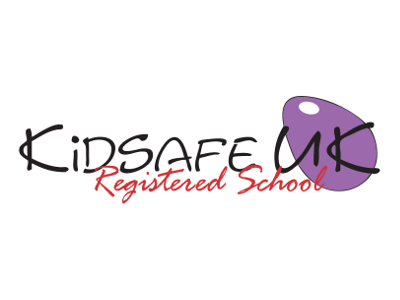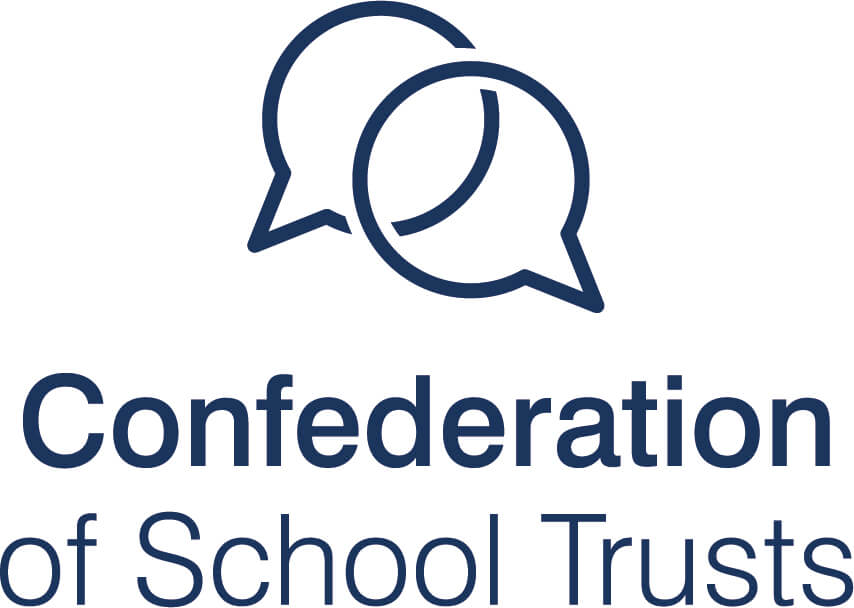Maths – Year 5
Download
Download our Year 5 Maths curriculum here.
| Topic | Description |
| Counting and Ordering | Count forwards or backwards in steps of powers of 10 for any given number up to 1 000 000. Interpret negative numbers in context, count forwards and backwards with positive and negative whole numbers through zero. |
| Numbers and more/less | Read, write, order and compare numbers to at least 1 000 000Read Roman numerals to 1000 (M) and recognise years. |
| Place value and decimals | Round any number up to 1 000 000 to the nearest 10, 100, 1000, 10 000 and 100 000. Multiply and divide whole numbers and those involving decimals by 10, 100 and 1000. Recognise and use thousandths and relate them to tenths, hundredths and decimal equivalents. Round decimals with two decimal places to the nearest whole number and to one decimal place. Read, write, order and compare numbers with up to three decimal places. |
| Table and Multiples | Identify multiples and factors, including finding all factor pairs of a number, and common factors of two numbers. |
| Bonds, Facts and Special numbers | Know and use the vocabulary of prime numbers, prime factors and composite (non-prime) numbers. Establish whether a number up to 100 is prime and recall prime numbers up to 19. Recognise and use square numbers and cube numbers |
| Calculations+ and – | Add and subtract whole numbers with more than 4 digits using formal written methods. Solve multi-step problems in contexts. |
| Calculationsx and ÷ | Multiply numbers up to 4 digits by a one- or two-digit number using a formal written method. Divide numbers up to 4 digits by a one-digit number using short division. Solve problems involving multiplication and division. |
| Fractions and percentages | Compare and order fractions whose denominators are all multiples of the same number. Identify, name and write equivalent fractions of a given fraction, represented visually, including tenths and hundredths. Recognise mixed numbers and improper fractions and convert from one form to the other. Add and subtract fractions with the same denominator/denominators that are multiples of the same number. Multiply proper fractions and mixed numbers by whole numbers, supported by materials and diagrams. Recognise the per cent symbol (%), write percentages as a fraction and decimal. Solve problems which require knowing percentage and decimal equivalents. |
| Time | |
| Measurement | Convert between all different units of metric measure. Understand and use approximate equivalences between metric units and common imperial units. Estimate volume and capacity. |
| Properties of shape | Draw given angles, and measure them in degrees. Know angles are measured in degrees: estimate and compare acute, obtuse and reflex angles. Identify: angles at a point and one whole turn (360), angles at a point on a straight line and ½ a turn (180), other multiples of 90. Distinguish between regular and irregular polygons. |
| Position and Direction | Identify, describe position of a shape following a reflection or translation.l |
| Statistics | Solve comparison, sum and difference problems using information presented in a line graph. Complete, read and interpret information in tables, including timetables. |











